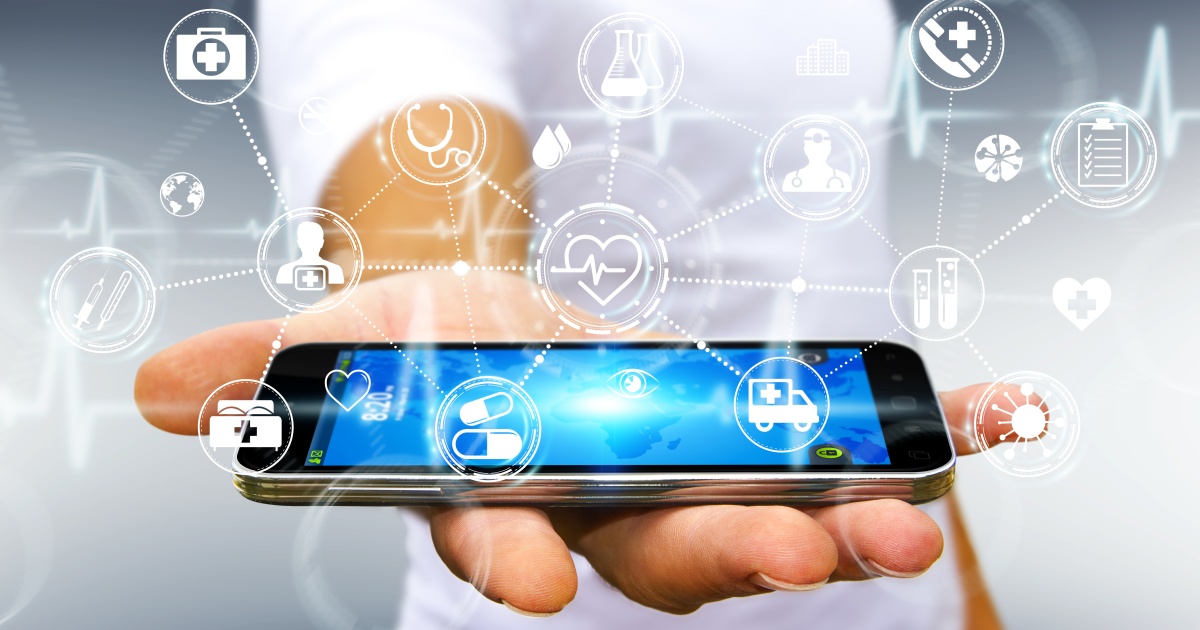
It’s clear that the Internet of Things has become a well-established game-changer in many industries such as manufacturing, retail, and finance. However, in healthcare, the use of connected devices to improve patient care and lower costs offers especially life-impacting promise. However, to realize this potential, healthcare providers face unique challenges.
There are several stumbling blocks standing in the way of more widespread adoption of connected healthcare. Managing and ensuring the health of people involves data that is patient-specific, confidential and government-regulated (HIPAA). IoT by nature involves different devices and points of contact, so one critical concern is security. Another unique challenge for IoT in healthcare is that patients require uninterrupted connectivity. This is because patients and healthcare providers need real time health data to determine patient risk and appropriate interventions. This is especially challenging given no single wireless carrier provides the level of reliability to ensure the highest level of patient connectivity.
Despite all these challenges, the benefits of leveraging the IoT to improve healthcare are just too significant to overlook. From a patient’s perspective, telehealth solutions provide some very personal benefits. Patients can have fast access to their healthcare professionals to help determine if further treatment is required such as a physician visit, urgent care or even an emergency room visit. In addition, telehealth can provide patients with access to everything from their personal health record and disease- specific information to engagement, compliance and care plan adherence. There’s even an argument to be made that connected healthcare minimizes the anxiety many people feel about going to the doctor because the interaction with clinicians is virtual versus face-to-face. Overall, patients report a greater sense security and empowerment over their health and wellness.
For healthcare providers, the value of connected healthcare is multi-faceted. When they successfully transition to a more IoT-supported patient care dynamic, providers will realize greater efficiencies related to patient care, clinician workload and operational costs. There are some obstacles here too, such as integrating EHR’s - but again the improvements to quality of life are all too clear.
Once remote patient monitoring solutions are implemented, providers will be able to better monitor patient health – and vastly increase their clinician-to-patient ratios. Healthcare professionals can then respond quicker, even reduce the need for emergency room visits or readmissions to hospitals. This becomes especially relevant for hospitals struggling to manage chronic disease patients that typically have multiple admissions over a short period of time.
We’ve established the benefits of connected healthcare for patients and providers. The question is then: what does the best telehealth solution look like? First and foremost, it is based on an IoT platform with maximum connectivity, highest reliability, and unlimited scalability. It also needs to connect and bind the best devices, the most content-rich clinical apps, with a network that will deploy, deliver and collect all that critical health-related data.
The perfect telehealth solution also needs to give providers a solution that is fast and easy to implement with no IT burden. In addition, it needs to reduce staff workload and lower their operating costs. The harsh reality of all this is that the cost to providers to implement connected healthcare is pivotal. A provider’s connected health partner ideally needs to have experience aggregating all the key solution components including hardware, software, devices and telecommunications. A provider that can achieve all of these benefits -- lower, scalable costs, the best connectivity, and improved patient outcomes -- has found the ideal telehealth solution.
In a recent telehealth case study, only one hospital readmission occurred throughout the course of the twenty-month pilot. Over 85 percent of the patients were actively involved, nurses spent 75 percent less time with phone follow-up of patients, and the hospital was able to save approximately $20 for every $1 it invested into the program.
With proof like that, it’s certain not only can connected healthcare benefit patients and providers, it can also change the quality of our lives.
Edited by
Ken Briodagh





